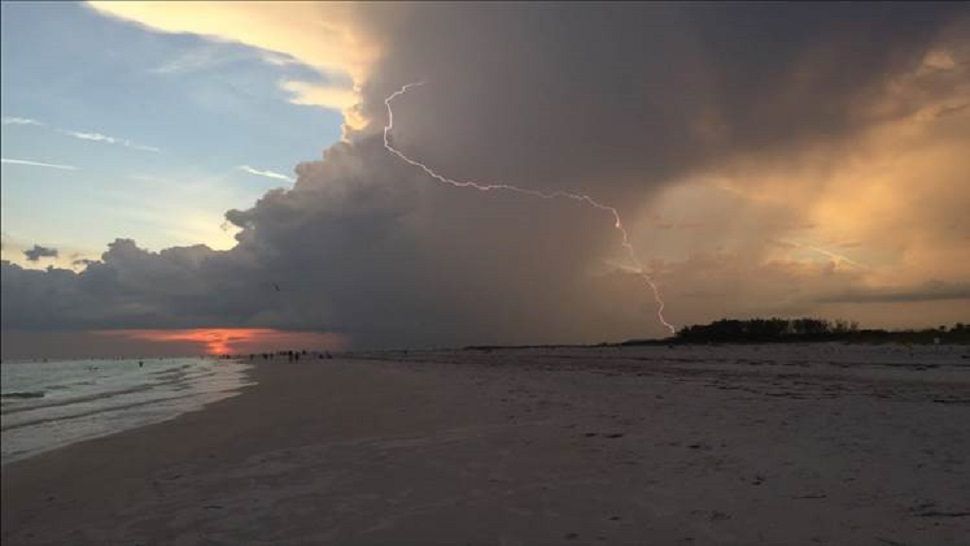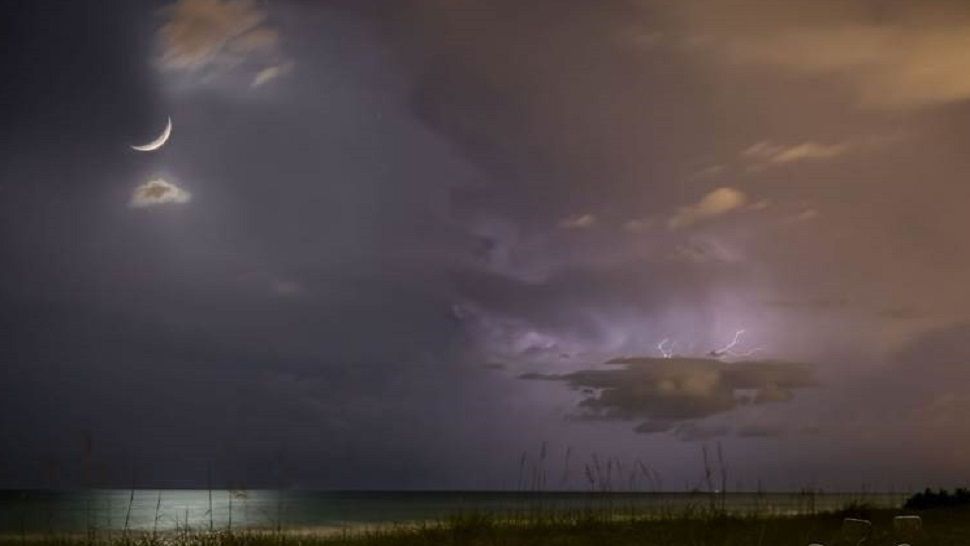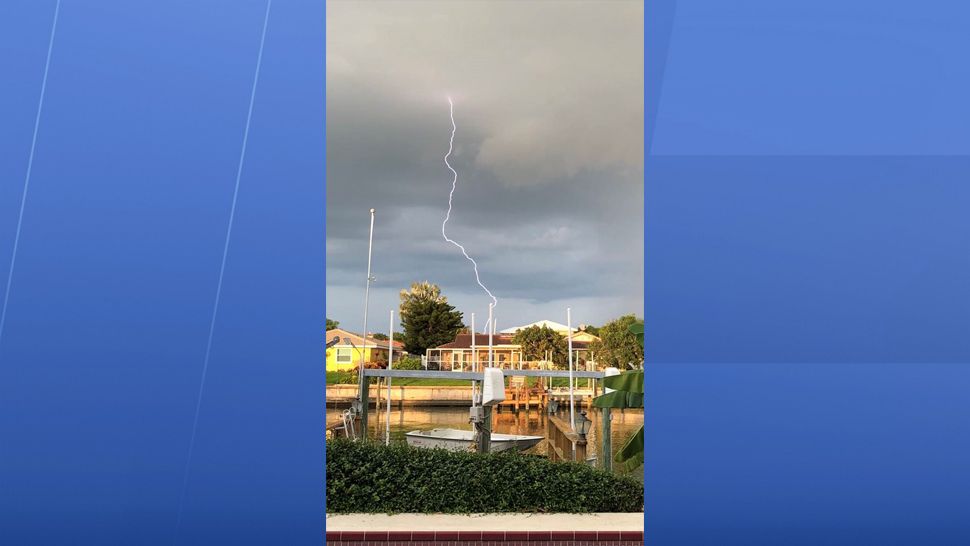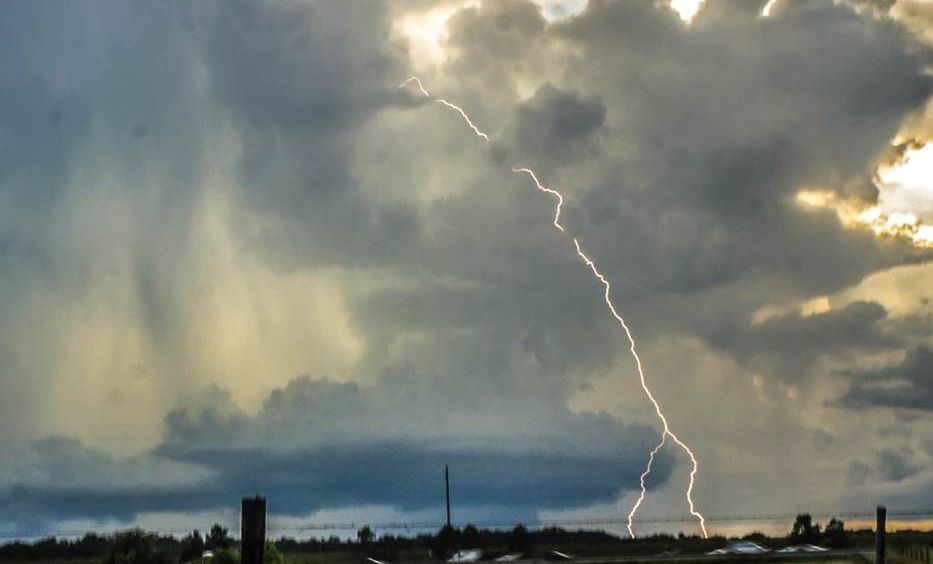ST. PETERSBURG, Fla. — It's Severe Weather Awareness Week in Florida.
Here’s what you need to know to help keep you safe from lightning.
Lightning! From far away, it can be an amazing sight. But it’s also unpredictable, dangerous, and it can be deadly.
Florida averages 1,170,979 lightning flashes each year!
Unfortunately, it’s the state with the most lightning strikes and usually the most lightning deaths each year. In 2018, 20 people were killed by lightning in the United States, including 7 people in Florida.

The graphic below shows the number of lightning deaths in the United States from 2008 to 2017.

Why is Florida the "Lightning Capital of the United States?" It's because of our geography and the nature of lightning.
By now, you are probably familiar with our daily summer thunderstorms. We can - and do - get thunderstorms any time of the year, but the peak here is from June through September.
Florida is a peninsula, surrounded by water on three sides. As the sun heats the land, sea breezes and other boundaries form.
The rising air produces storm clouds. Ice crystals and water droplets collide in the cloud and become charged: positive on the top of the cloud and negative on the bottom. The ground and objects on the ground become positively charged.
Lightning happens as a discharge between positive and negative charges. Most cloud to ground lightning strikes are negative. The positive ones are very dangerous since they begin in the top of the storm cloud and can happen far away from the heaviest rain.

While we have made many advancements in weather forecasting and technology in the last few decades, we still can’t predict where or when the next lightning strike will happen. So how can you stay safe?
Here’s a tip: If you can hear thunder, you are close enough to be struck by lightning! In fact, lightning can strike more than 10 miles away from the thunderstorm. So while it may not be raining where you are, you can still be in danger.
At the first sign of lightning or sound of thunder, you should immediately get inside a building and stay away from windows.
The most dangerous place to be is in an open area since lightning tends to strike the tallest object in the area. Don’t stand under a tree! And stay away from water.
If there is no building nearby, get into a car with a hard-topped roof.
Wait 30 minutes after hearing thunder before you go back outside. The beginning and end of the storms tend to be the most deadly.
Teach your kids that "When thunder roars, go indoors!" It is never safe to be outside during a thunderstorm.
Here’s another tip:
Thunder travels at the speed of sound, about 1 mile every 5 seconds. You can figure out how far away lightning is from your location by counting the number of seconds between seeing a lightning strike and hearing thunder. For every 5 seconds you count, the lightning is one mile away. So if it takes 15 seconds for the thunder to reach you, then the lightning strike is about three miles away. Time to get inside!
Also, the Spectrum Bay News 9 app alerts you when lightning is near your location. So whether you’re on the soccer field or swimming at the pool, you can get alerts that will keep you safe, wherever you are. It’s free and available from Google Play and the Apple App Store: http://www.baynews9.com/fl/tampa/about/app-center
So when you can’t watch our Weather on the Nines for updates, you can still get the weather information you need on our app and our website.
Florida is a beautiful and fun place to live. Being aware of the changing weather and taking some precautions can help keep you safe while enjoying the beauty of Tampa Bay.






